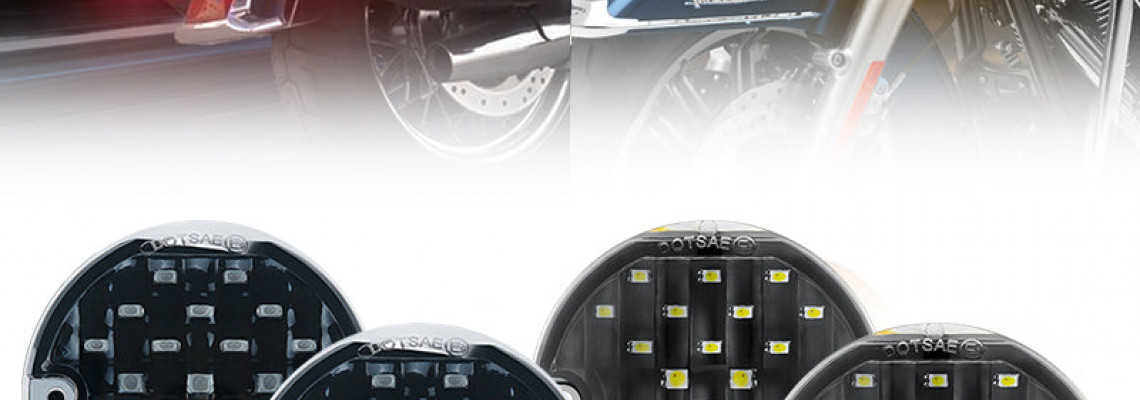What makes a Good Beam Pattern?

What makes a Good Beam Pattern?
Everybody has had it. It is nighttime, and you are going down the road when someone hits your rearview mirror or passes you and uses their LED or halogen lights to blast you. We comprehend. It is annoying on the bumper. According to the Confucian saying, "Don't do to others what you wouldn't like done to you."
Today, we'll examine the components of a good beam pattern and discuss headlamp aiming. With these two elements, you should be able to avoid blinding incoming traffic. The fact that no one is flashing their lights at you will make you happy, and the drivers will be grateful for their clear vision.
What is a Beam Pattern?
A beam pattern is the pattern of light that is directed onto a surface. The bulb, the headlight lens, the headlight housing, or a combination can produce it. The type of headlight and bulb you select will impact the beam pattern, provided you are replacing OEM components.
The ideal beam pattern will have a spread that is sufficiently large to extend slightly past the road and neat cut-off lines at the top of the beam. Additionally, well-defined hot spots will provide excellent forward lighting for long-range vision.
Examples of Good Beam Patterns
An all-LED Morimoto XB LED headlamp serves as this example. It perfectly captures the pattern of high-quality headlight beams. This light produces crisp cut-off lines, excellent width, color, and light distribution, and a pleasing pattern shape. Because of the design, the power of the light cannot blind incoming drivers.
However, not everyone who reads this has a car for which Morimoto provides headlight housing; others are only interested in improving lighting and encouraging safe driving.
A decent beam pattern for projector headlights with the original halogen bulb installed will resemble the image below. Even while the brightness is far less than that of the Morimoto offering, the physical features of the XB LED headlight beam pattern are comparable.
An illustration of an LED bulb in a reflector housing may be found here. While not ideal, this beam pattern is acceptable. Like the first example we examined, the pattern lacks the XB LED headlight's brightness. There isn't much width to this one either.
This is an example of a destructive headlight beam pattern. As you can see from the hot spots and beam spread, they are coherent or lack a distinct form.
Aiming Your Headlights
Remaining your headlights might be necessary if they don't resemble any of the lights we just examined. The only possible explanation is that your headlights are either of poor quality or your bulb is incompatible with the housing.
Tools Needed for the Job:
Masking Tape
Tape Measure
Screwdriver or Socket Wrench
A wall
Step 1: To begin, pull your car up to the wall around three feet away, leaving room between the wall and your front bumper.
If one person typically drives your car, ensure that someone is seated in the driver's seat while you aim. You should also do this if your automobile is usually loaded with bulky equipment. You should have roughly half a tank of gas in your car.
Step 2: Locate the car's center and mark it with a vertical piece of painter's tape or another marking device. Next, mark each headlight's center, then attach a second vertical piece of tape to the wall in front of each one.
It is essential to ensure that the distance on the wall between your headlight marking and the center is equal. Your headlight's center can be found by looking for the tiny dimple in the plastic.
Step 3: Next, use a tape measure to measure the distance from the ground to the headlight's center height. This is the height of your headlight's dimple measured from the ground up. Make a mark on the wall tape after measuring the distance up to it. That should pinpoint the exact location of your headlight's center on the wall.
Make a mark and measure two inches down. Just over the bottom mark, place a horizontal strip of tape. For both headlights, repeat.
Step 4: Pull your car 25 feet from the wall, making sure you have enough space. Different distances—closer or farther away—are specified by some manufacturers. Therefore, be sure you're doing this correctly by consulting your owner's manual before performing it yourself.
Your headlight beam should not rise above the cross mark we drew on the wall once you have sufficiently reversed.
This shows the pattern of the headlight beams before they are correctly directed. Though not quite where it should be, we came close.
Step 5: If the height of your headlights is off, locate the adjustment screw and use a socket wrench or screwdriver to adjust it.
As you can see, the measurement marks we made on our wall and the beam pattern match.
CONCLUSION
This addressed all the bases and crucial information required to aim your car's headlights.